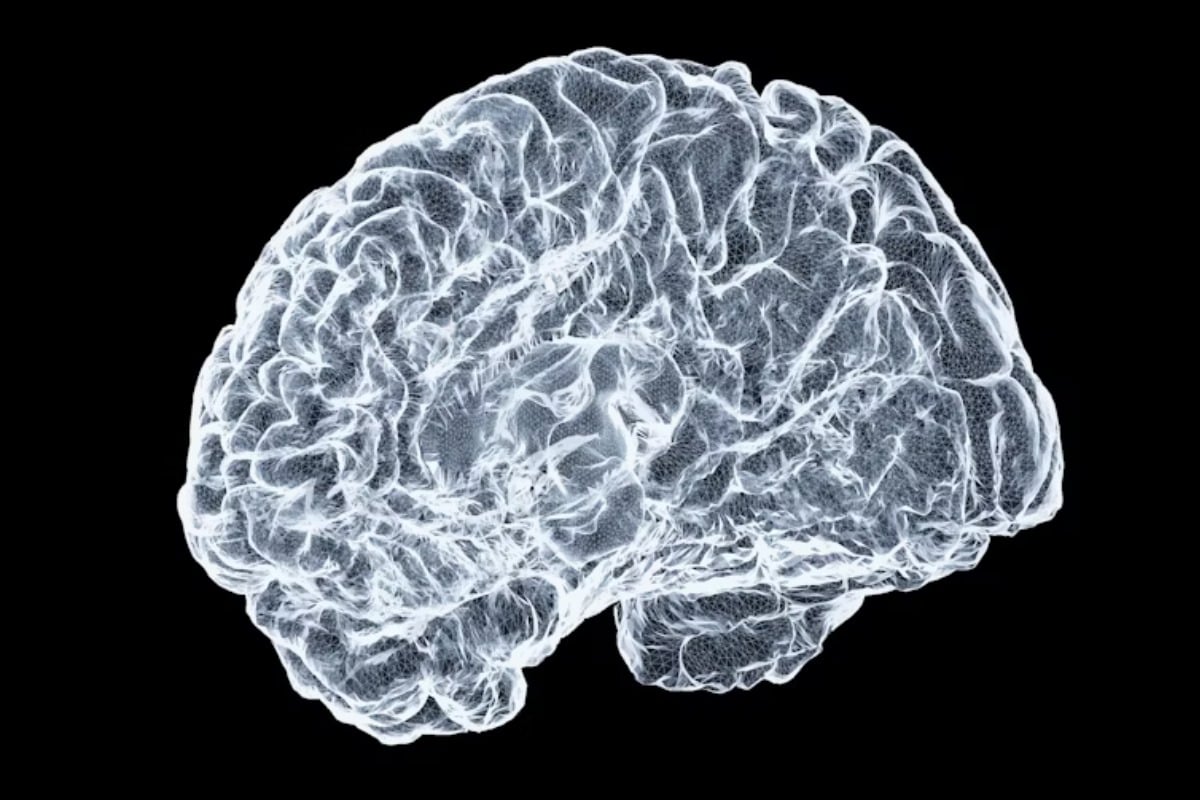Science
Ohio State Researchers Uncover New Insights into Brain Connectivity

Researchers at The Ohio State University have made significant strides in understanding the brain’s connectivity and its implications for cognitive function. Their recent study, described as the most comprehensive of its kind, explores how the brain’s intricate networking contributes to its diverse operations.
The findings reveal that the brain operates through unique connectivity patterns, which serve as a fundamental organizational framework for its functions. Lead author Kelly Hiersche, a doctoral student at the university, noted, “We found evidence suggesting that connectivity is a fundamental organizational principle governing brain function, which has implications for understanding what happens when things go wrong in the brain.”
Mapping the Brain’s Architecture
Unlike previous studies that focused on isolated brain functions, such as perception or social behavior, Hiersche and her team have taken a broader approach. Their research provides what they describe as a “bird’s eye view” of the entire brain, detailing the complex cabling system responsible for its various functionalities.
The study not only identifies the “connectivity fingerprints” unique to different brain regions but also establishes a basis for distinguishing the functions of these regions. Senior author David Osher elaborated on this aspect, stating, “Our findings help us understand the connectivity pattern that makes a language area unique, for example, and what makes it different from adjacent areas in the brain.”
Utilizing data from the Human Connectome Project, which includes MRI scans of 1,018 individuals, this research offers new insights into the brain’s elaborate wiring. Associate professor Zeynep Saygin emphasized the uniqueness of brain connectivity, comparing it to fingerprints: “Just like how everyone’s fingerprint is unique, we find that different brain regions have uniquely identifying connectivity fingerprints based on what mental function they perform.”
Implications for Brain Disorders
Published in the journal Network Neuroscience, the study highlights that each brain region is both interconnected and functionally distinct. As scientists continue to explore these connection patterns, they aim to uncover the complexities that govern both typical and atypical brain functions.
The revelations from this research not only illuminate the usual pathways of brain activity but also offer potential avenues for diagnosing and understanding various brain disorders. By mapping out these connectivity patterns, researchers hope to gain deeper insights into the conditions where these pathways may malfunction.
The work done by the team at The Ohio State University marks a crucial step forward in neuroscience, providing a clearer understanding of how the brain’s structure relates to its function. As the field progresses, these insights could lead to innovative approaches for treating brain-related conditions, enhancing our comprehension of the human mind.
-

 Business2 weeks ago
Business2 weeks agoIconic Sand Dollar Social Club Listed for $3 Million in Folly Beach
-

 Politics2 weeks ago
Politics2 weeks agoAfghan Refugee Detained by ICE After Asylum Hearing in New York
-

 Health2 weeks ago
Health2 weeks agoPeptilogics Secures $78 Million to Combat Prosthetic Joint Infections
-

 Science1 week ago
Science1 week agoResearchers Achieve Fastest Genome Sequencing in Under Four Hours
-

 Lifestyle2 weeks ago
Lifestyle2 weeks agoJump for Good: San Clemente Pier Fundraiser Allows Legal Leaps
-

 Health2 weeks ago
Health2 weeks agoResearcher Uncovers Zika Virus Pathway to Placenta Using Nanotubes
-

 World2 weeks ago
World2 weeks agoUS Passport Ranks Drop Out of Top 10 for First Time Ever
-

 Business2 weeks ago
Business2 weeks agoSan Jose High-Rise Faces Foreclosure Over $182.5 Million Loan
-

 World2 weeks ago
World2 weeks agoRegional Pilots’ Salaries Surge to Six Figures in 2025
-

 Science2 weeks ago
Science2 weeks agoMars Observed: Detailed Imaging Reveals Dust Avalanche Dynamics
-

 Entertainment2 weeks ago
Entertainment2 weeks agoJennifer Lopez Addresses A-Rod Split in Candid Interview
-

 Top Stories1 week ago
Top Stories1 week agoChicago Symphony Orchestra Dazzles with Berlioz Under Mäkelä







